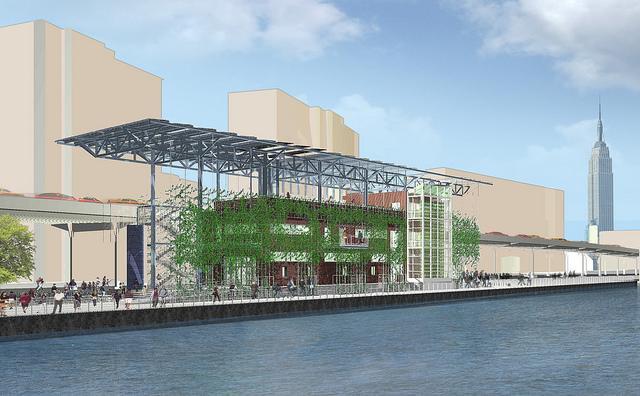The concept of net zero energy has been gaining ground in recent years, as people are keen on gaining sustainability by relying less on foreign energy sources. By definition net zero energy means that the amount of energy used is less than or equal to the amount of renewable energy generated. The building or home should be able to produce enough energy to cover what it consumes. Ideally, all of the energy requirements should be met through local, nonpolluting renewable energy sources.
Net zero energy can be achieved through a variety of factors, of which rooftop solar is key. Other factors include heating and cooling schemes, targeted use of daylight (a.k.a. daylighting), passive design elements, automated controls for temperate and lighting use, occupancy sensors, and conscious use of energy by occupants.
As a renewable energy source, solar is an important aspect in attaining net zero energy designation. Solar can provide the energy a building or home uses. It serves a singular purpose in creating a net zero energy bill for consumers. The solar array system is set up to produce enough energy to provide for what is consumed. Not only is money being saved, but fewer carbon emissions are being released into the atmosphere. These carbon emissions known as Greenhouse Gases (GHGs) contribute to climate change.
Heating and cooling elements are also a big drain of energy. Whenever possible, natural ventilation should be utilized. Daylighting through the strategic placement of skylights and blinds or window treatments pose another method to enhance energy efficiency, thereby reducing heating and cooling costs and use. The building envelope can improve energy efficiency. It acts as a thermal barrier in regulating interior and exterior temperatures and determines the amount of energy required to maintain an optimal temperate environment. For new buildings, passive design elements can be incorporated at inception. With existing buildings, retrofitting is the most common route. Automated controls and occupancy sensors play an important role in managing energy use during times of zero occupancy. Ultimately, it is the vigilance of the occupants of the building or home to monitor their performance, which can be a huge differential between expected and actual energy consumption.
Going forward, future residential and commercial dwellings will incorporate energy efficiency metrics in all phases of the development or renovation that will include the building envelope, duct system, water efficiency, lighting and appliances, indoor air quality, and renewable energy sources.
The move to sustainability is on the horizon and within reach. It only remains to be seen how fast the net zero energy infrastructure can be built to meet it.
Sol-Up can help you get closer to net zero with our latest solar array. Contact us for more information.

